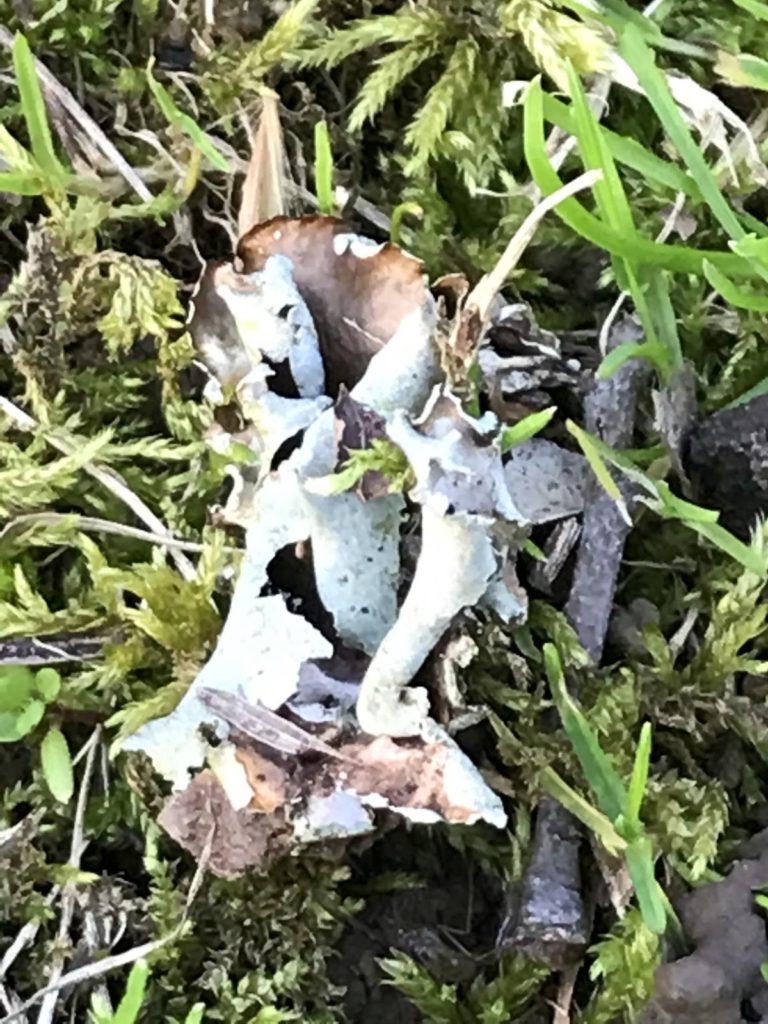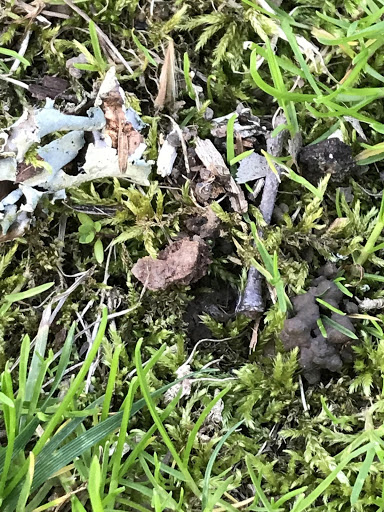Today is a lull in the journey. I’m at home in Versailles for the next three days. There are some last minute things to do to prepare to be away for six weeks, so it’s not totally quiet. But it’s still a good time to pause and reflect.
The ancient monastics developed a method of prayer and reflection that has been a part of my own Benedictine tradition for more than 1,500 years. It is known as lectio divina, “divine reading” or “sacred reading”. In lectio divina, Scripture or other sacred writing is viewed less as something to be studied and more as a living word. As one reads, one listens “with the ear of the heart”, looking for words or phrases or ideas that stand out, as though God were suggesting topics for conversation. There are four “moments” in the process of lectio divina which may or may not happen in consecutive order. They are lectio (reading), meditatio (reflection), oratio (response), and contemplatio (rest). The process can be as brief as a few minutes or as long as one likes. But there is a general sense that one is in conversation with God.
In The Soul of the Pilgrim, Christine Valters Paintner suggests the practice of Contemplative Photography, a discipline which bears a great deal of resemblance to lectio divina. Go for a short walk, she instructs, with camera or phone in hand. Go without a specific destination in mind, and without intent to photograph any particular thing. Just ask the Lord to direct your feet and to show you what He wants you to notice. Notice what you notice. Look for what “shimmers”. Then take pictures of those things. When you return, choose one of those pictures and spend some time in visio divina, which is essentially lectio divina with images rather than words. (And, as my friend Tom says, if the Lord leads you into a little napio divina, that’s okay, too!)
Yesterday I went for a brief (very brief!) walk into our front yard with my iPhone in hand. My only “task” was to “read” whatever God put in my path. So this was basically the lectio (or visio) part of this practice. One of the things I noticed was an unusually shaped dead leaf on the ground. It was perhaps an inch long.

Both the colors and the way it was curled caught my eye. So I snapped a quick couple of shots.
Today I’m taking time to look more closely, to engage in meditatio, reflecting. I’m asking the Lord, what do You want me to see?

I’m noticing many things, such as the way the leaf is curled. What made it curl that way? Why is it that unusual bluish color? What species is it? I’m noticing the abundance of moss and the varieties of grasses. I’m noticing the bark chips (This is not a mulched area.) and the stick. And the darkness of the mud pushed up by insect activity. There’s a tiny little broadleaf plant popping up next to the dead leaf. In fact, there’s lots of dead stuff that was once alive. It is becoming the rich dirt out of which all the fresh green living stuff is growing.
What is God saying to me in what I am observing? What does He want me to receive from Him? What comes to mind is all those who have gone before me. They were once living men and women, walking the earth in bodies of flesh and blood, just as I am today. They were created and nurtured by God. And then they died. But they have left behind a rich heritage, in their writings and by the example of their lives, by what they created and in the lives of those they influenced. And by this legacy I am nourished. I grow. I become the new green springing up, full of life. It is one of the ways the Spirit works in the body of Christ to nourish us.
In the photograph I notice that there are many forms of life represented. Moss, grasses, small plants and large trees, even insects are all present. Just as these are all different but all living, there are others who are part of God’s new creation who are not like me. Sometimes I think we may even be different species! But we were all deliberately and specifically and meticulously crafted by God. We are all of inestimable worth in His sight. How well do I love all of these who are so dear to our Creator?
And so now I need to take time to respond (oratio) to our good God. I need to ask Him to help me to appreciate and value all that He has made, both those who have gone before and are now part of that great cloud of witnesses of Hebrews 12, and those with whom I interact day to day. I want to ask Him what He wants me to be and to do so that what I leave behind nourishes those who come after me.
And then I will spend some time just resting (contemplatio) in what He has shown me, in His goodness, and in the way He cares for all that He has made.
I hope my sharing of this reflection has blessed you. I want to encourage you to give it a try yourself. You never know what our Father may want to speak to your soul if you will listen with the ear of your heart.